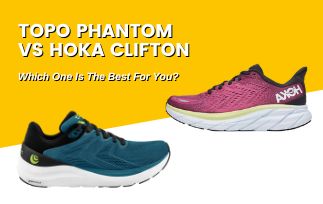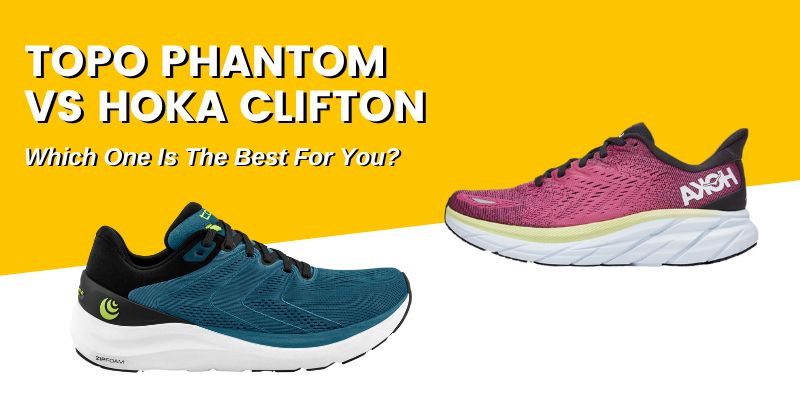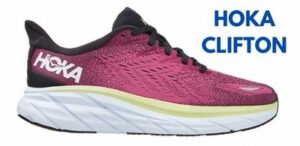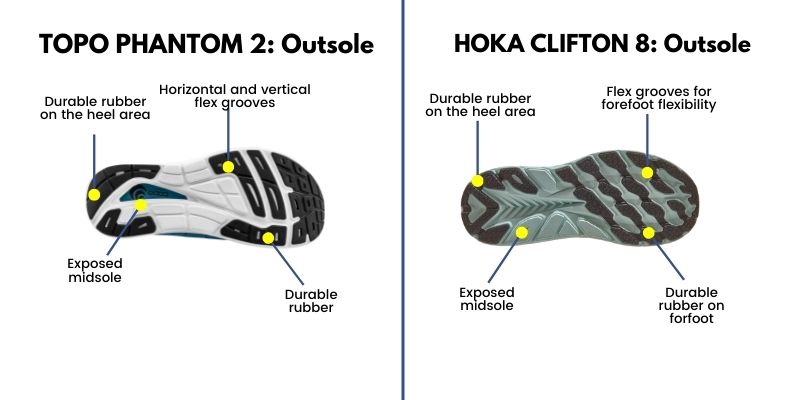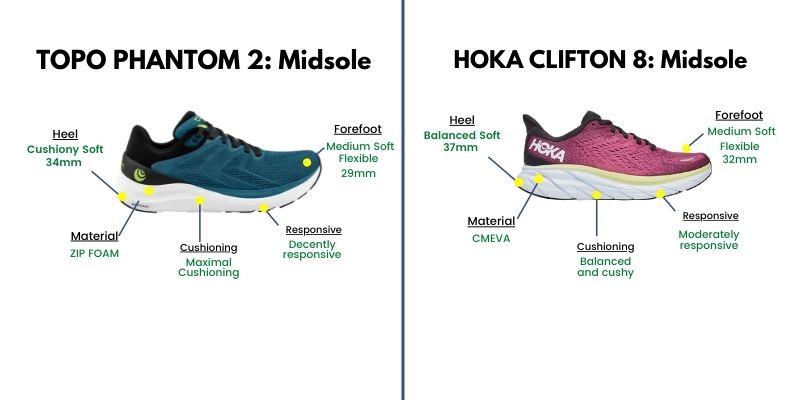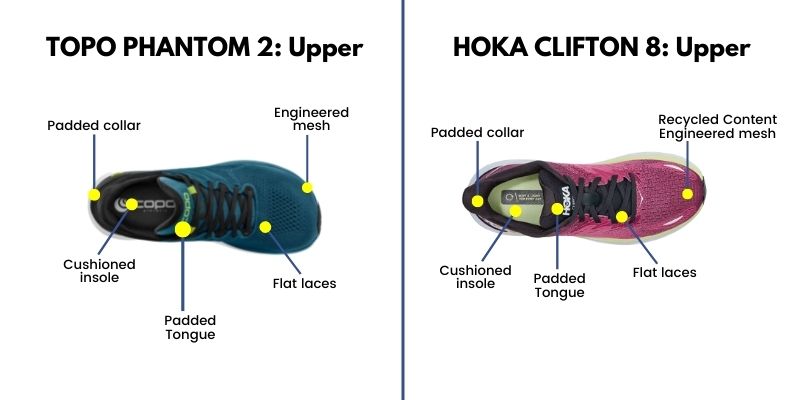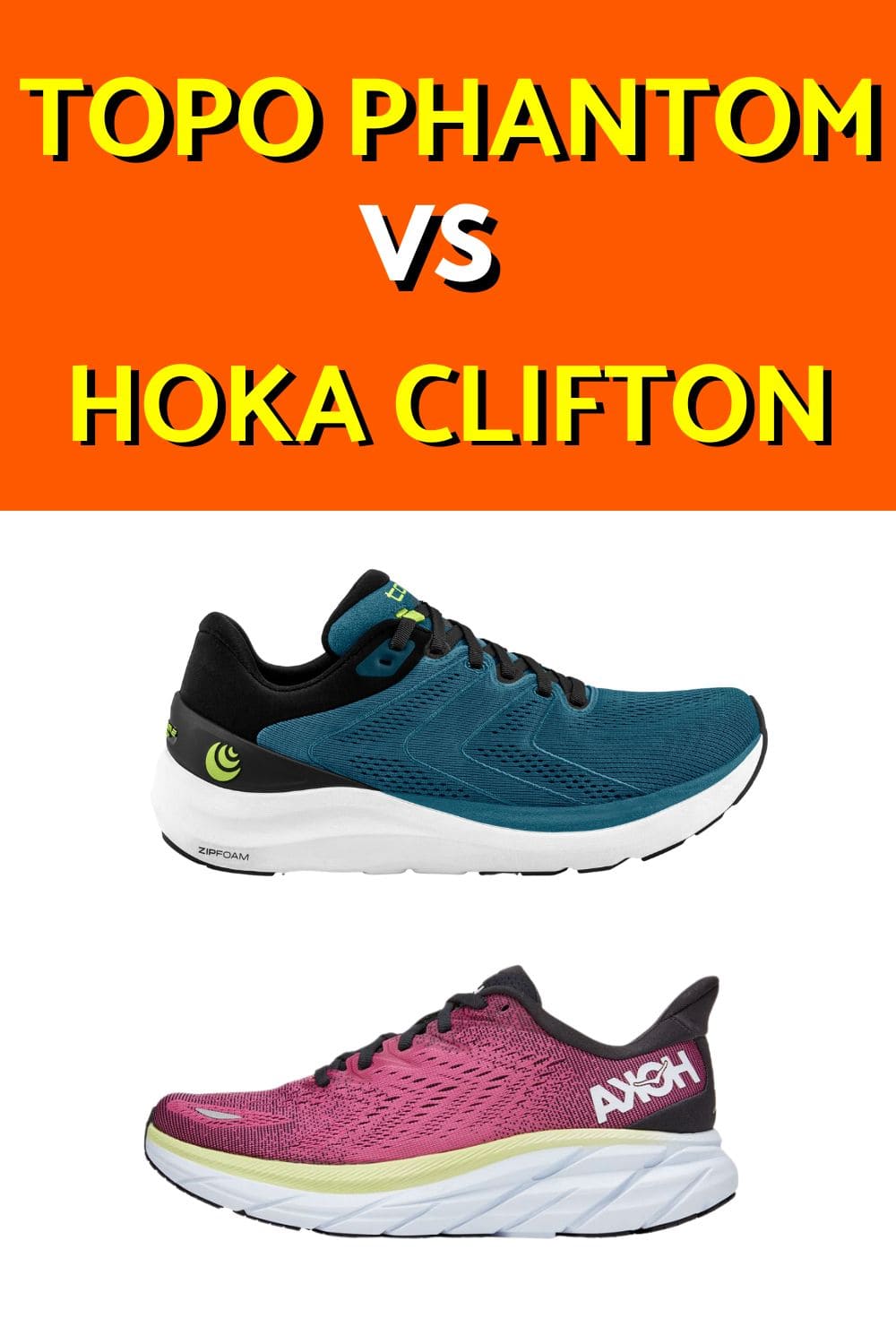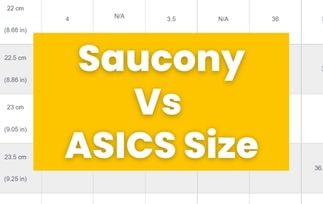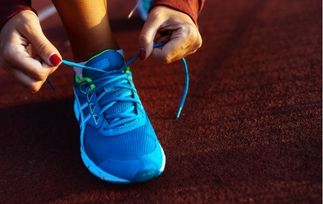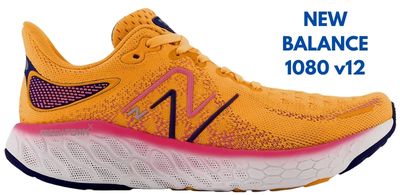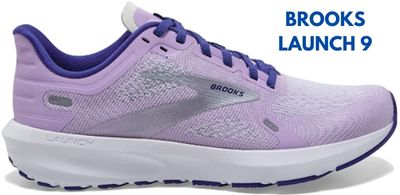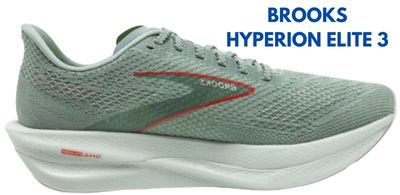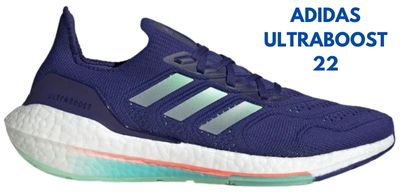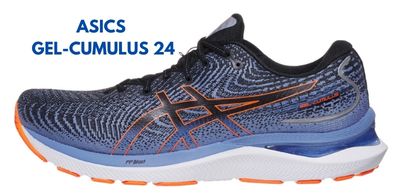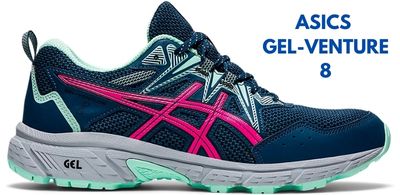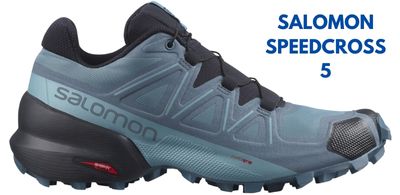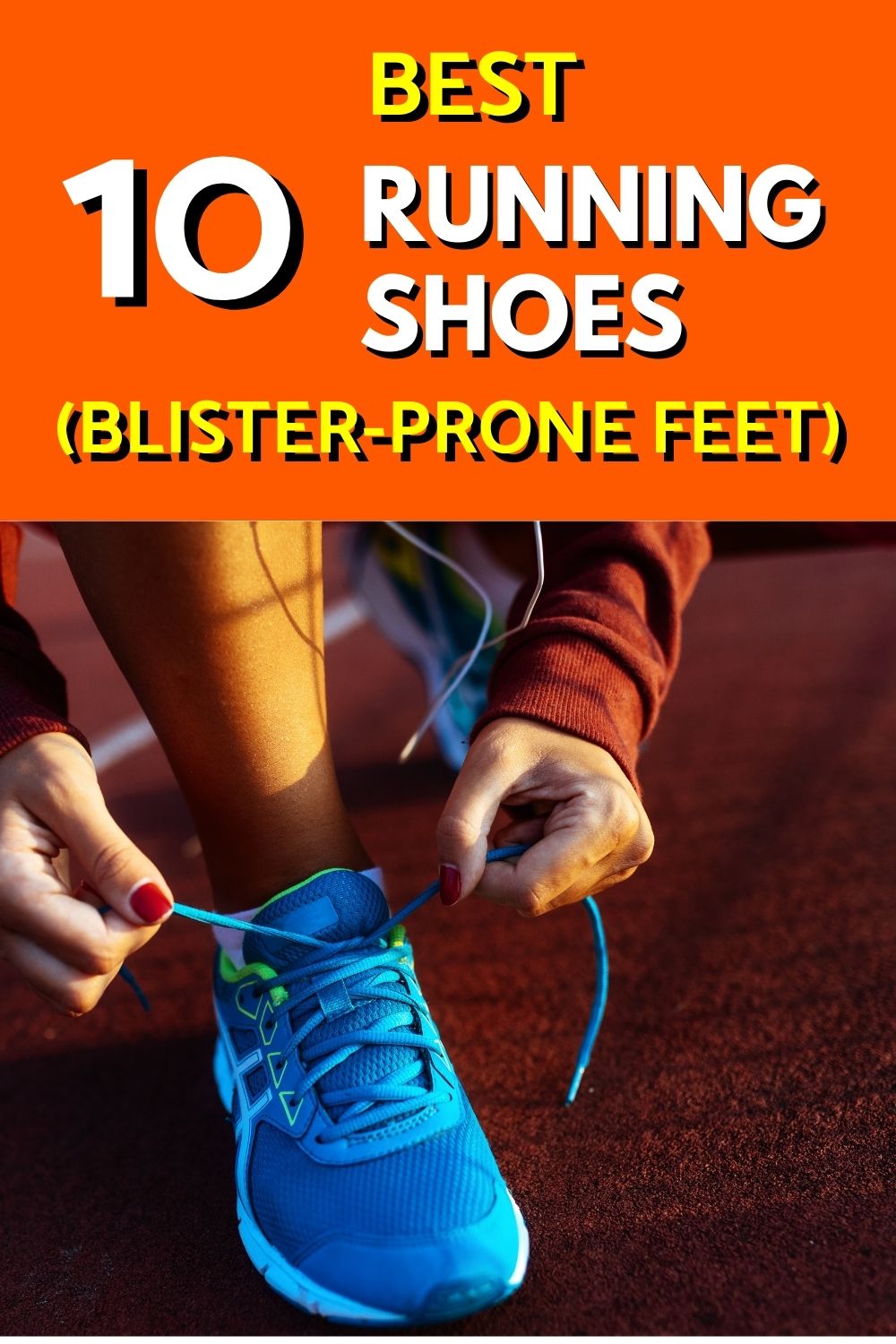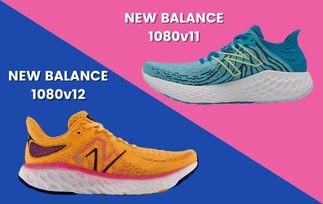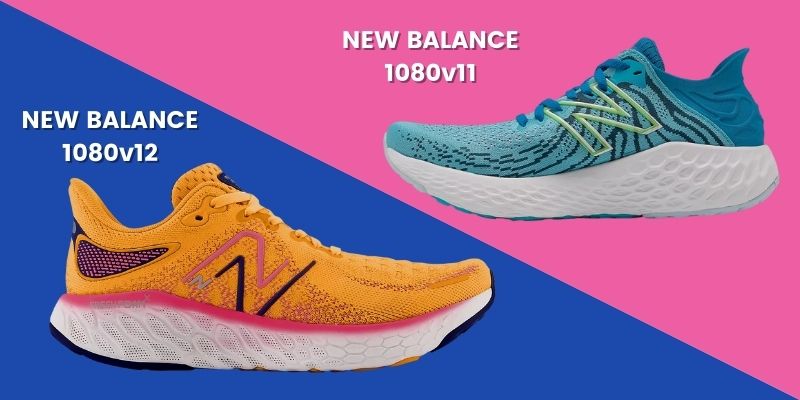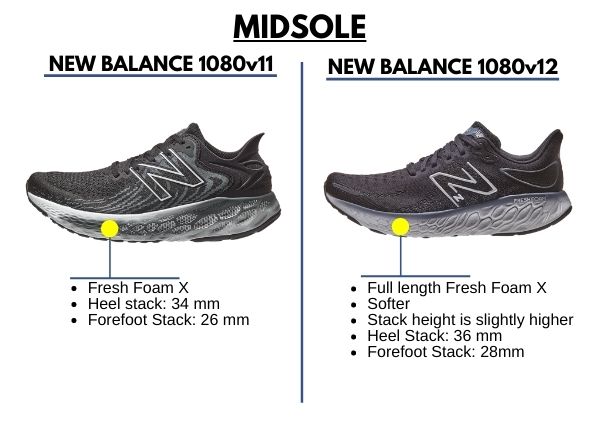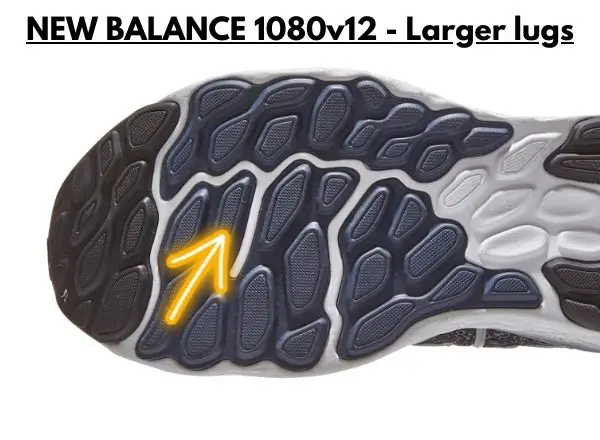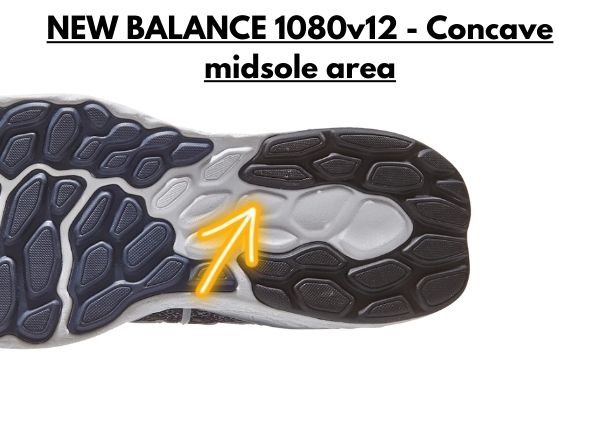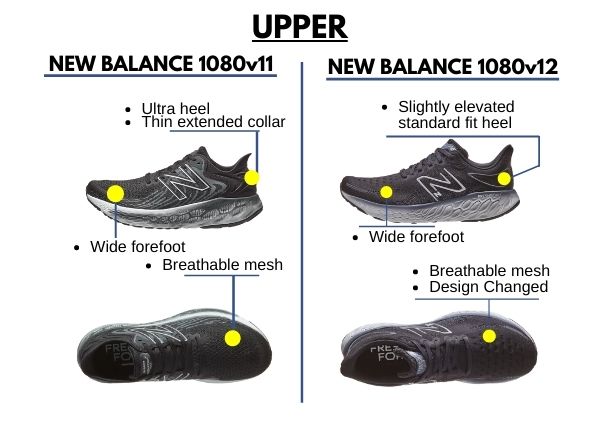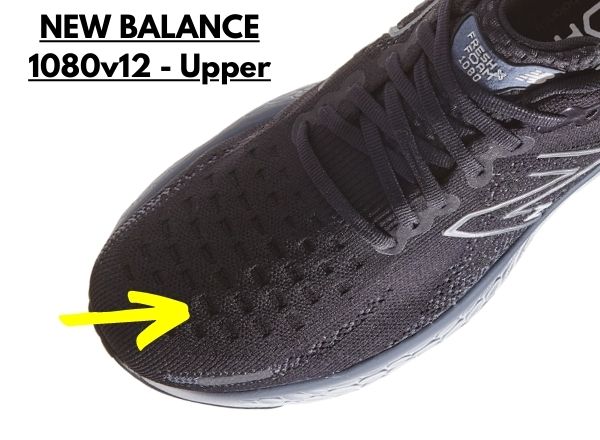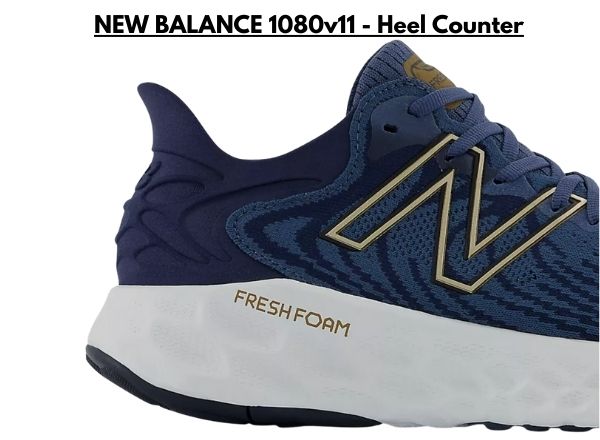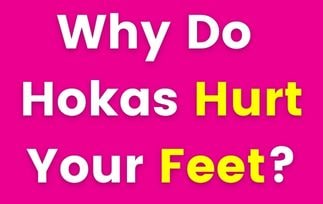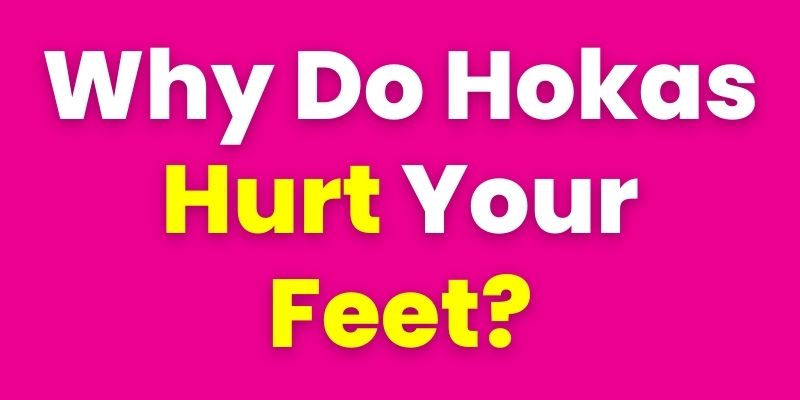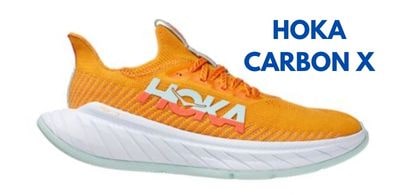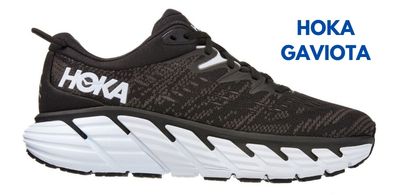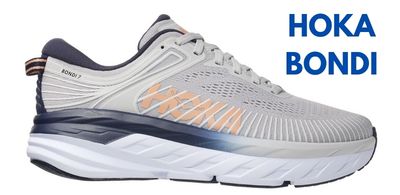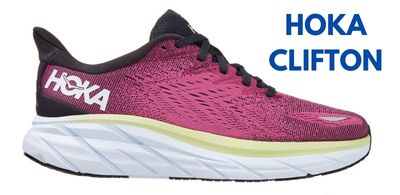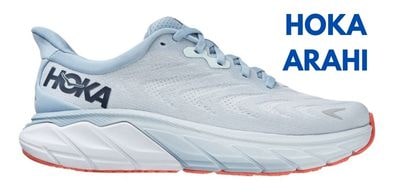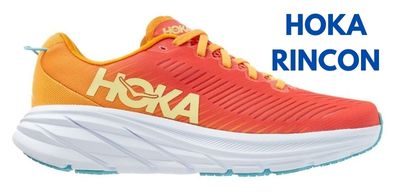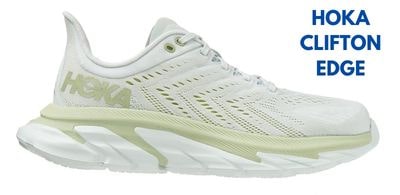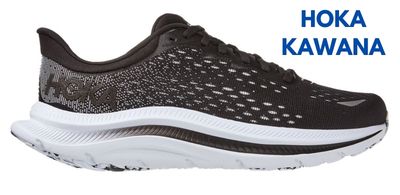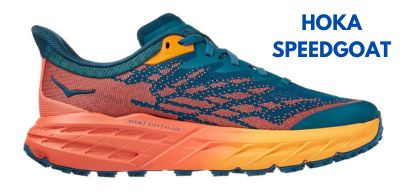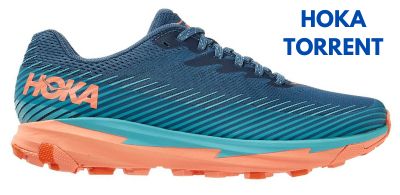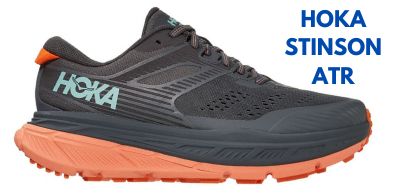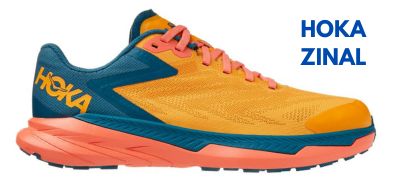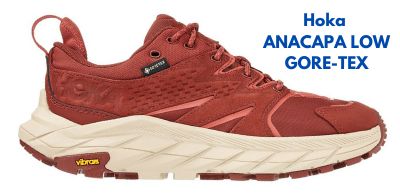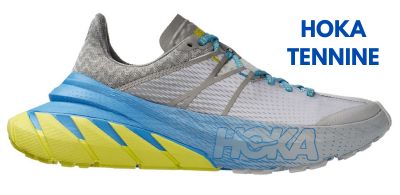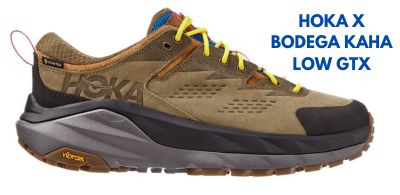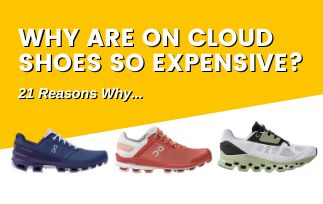
Why Are ON Cloud Shoes So Expensive? (21 Reasons Why…)
On Running Shoes are one of the most comfortable running shoes on the market. They provide you with great comfort and excellent quality.
They are built on the radical philosophy of soft landings and explosive takeoffs. They have made this breakthrough using their CloudTec.
Although On Running produces excellent pairs of running shoes, are their sneakers worth the price?
Why are ON Cloud shoes so expensive? Let’s find out…
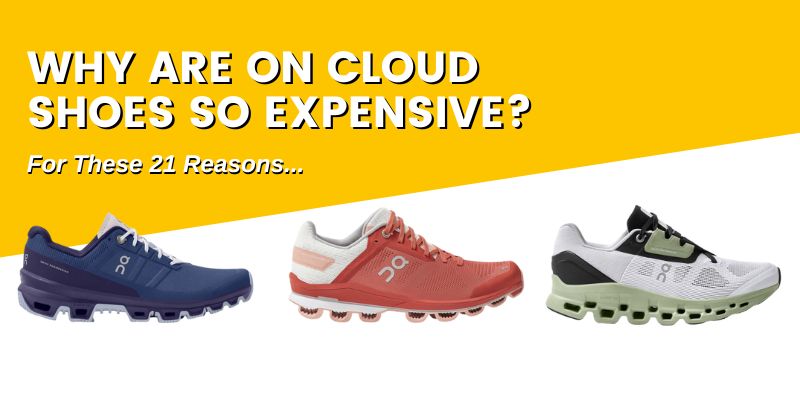
Table of Contents
Why Are On Cloud Shoes So Expensive?- High-Quality Material
- Precise Design
- Cost involving innovations
- Different Taxes and Duties In Different Countries
- Brand Value
- High Demand
- Inland Trucking
- Rapid expansion in new markets
- Lightweight Comfort
- Labor Cost
- Delicate Yet Durable
- Rapid Expansion Of The Product Line
- Pulling profits for the investors
- Inflation
- Storage Cost
- One-Year Guarantee
- Higher Procurement Cost
- Ocean Freight Charges
- Harbor Fees And Taxes
- Packaging Cost
- Factory Running Cost
Why Are ON Cloud Shoes So Expensive?
On Cloud or On Running shoes are so expensive because of the kind of materials that are used, procurement cost, logistics cost, factory charges, taxes, duties, etc.
ON Running shoes have a different approach towards their shoe. Their philosophy is different. To make that philosophy come true, they have to spend a considerable amount of money on innovations.
Along with the other reasons described below, the prices of ON Cloud becomes rather steep. However, although, the prices are steep, it is somewhat at par with the other shoe brands in the market.
If you are still curious about why are Saucony shoes so expensive, here are 21 reasons why:
1. High-Quality Material
The quality of materials that ON Running uses is of high quality. However, premium quality materials always come at a premium price.
This premium price although may seem negligible at the most elementary level, actually drives up the cost of manufacturing these shoes a bit.
When the manufacturing cost becomes more, the price of the finished shoes is also higher.
2. Precise Design
One of the hallmarks of quality from any manufacturer is how precise the design is and ON Running is no different.
They have perfected the design throughout the years and the shoes that they produce now are made with great precision.
However, getting something that precise to the market means, spending a lot of money on the quality check. This gets factored into the cost and makes these ON Cloud shoes expensive.
3. Cost involving Innovations
Innovation is expensive and doesn’t produce any income for the company directly. Surely, it will produce profits down the line when the new models go out to the retailers…however, before that, there will be dozens of prototypes that are being rejected.
However, the company has to bear this cost and they have to somehow offset this. The only source of income that ON Running has is to sell its shoes.
So, to offset the cost of innovation, this is added to the price of the shoes. Although divided into the bulk the number attached to the cost becomes negligible. However, cumulatively, it drives up the selling price of the ON Running shoes.
4. Different Taxes and Duties In Different Countries
In a span of 10 years, ON Running has made its presence known in 50 different countries. This is an excellent feat that this company has achieved.
However, every country’s tax structure is different and so are the duties and customs taxes.
When selling a shoe in a country, all these get added to the price tag of the shoe. Based on the taxes, the prices of these shoes may slightly vary from country to country.
5. Brand Value
On Cloud Shoes has gathered a lot of brand equity in the last several years due to its excellent quality and craftsmanship.
As the brand value has increased so is the price of the shoes. This is completely understandable…
If you are purchasing a shoe from some unknown brand, you will not be willing to pay a steep price, whereas, if you purchase it from an established brand, you will obviously pay more.
6. High Demand
Due to the kind of sneakers that ON Running makes, their running shoes are high in demand.
As is the principle of supply and demand, if the demand is high, the prices rise. This is true for every type of product and On Running shoes are no exception.
As their demand is high, so is their price.
7. Inland Trucking
Once the running shoes are in their warehouse, they need to be moved from the manufacturer to the distributors or the retailers.
Most of the companies use inland trucking for the same…these trucks range from mega-sized trailers to decent-sized trucks that can be easily moved inside the cities or towns.
However, although this is a convenient option to transport the shoes, this is not cheap. With inland trucking comes the fuel costs, labor costs, loading and unloading charges, driver costs, toll taxes, etc.
This is added to the price of the shoes.
8. Rapid expansion in new markets
ON Running is a rapidly expanding company. It has already made its presence known in more than 50 countries and is not showing any signs of stopping.
When you expand into a new market, the profits don’t start rolling in immediately. However, the company has to bear the operational costs despite that.
So, the only way to offset this is to add this cost to the price tag of the shoes and that is what On Running did.
This further increases the price of the shoes.
9. Lightweight Comfort
On Cloud shoes are very comfortable and lightweight. To produce these shoes, On Running has to do a lot of prototyping and experiments.
This provided a completely innovative running shoe that is very lightweight and extremely comfortable.
However, the cost of this type of innovation got factored into the price and resulted in a steeper price of the On Cloud shoes.
10. Labor Cost
A company cannot run without manual labor. Sure a lot of processes can be automated, however, there will still be a considerable amount of money spent on manual labor.
With the gradual rise in the prices of all things, manual labor is also getting expensive day by day.
This is reflected in the prices of the shoes and their steeper prices.
11. Delicate Yet Durable
On running shoes don’t look anything like the regular running shoes that are available on the market.
They look delicate, stylish, and yet very durable. To come up with something like that is a mix of science and art.
And art is expensive…which is what the ON running shoes are…expensive.
12. Rapid Expansion Of The Product Line
The first model of On running shoes came to the market after more than a year of trial and error.
However, after that, within a span of 10 years, they expanded their product line to include more than 20 models of shoes, along with other sports wears.
This kind of expansion needs to be funded and that can be only done if the existing products are being sold at a higher price.
This is what ON Running did and the price tag of the shoes has become steeper.
13. Pulling profits for the investors
Although many will argue that the expansion is fuelled by the money of the investors, I also agree with that.
But investors invest only for profits. So, to churn out profits for them, companies have only a couple of options…out of which one is driving up the price tag of the products.
On Running also chose this one as one of the ways to pull profits for investors. This is why the prices of the On Running shoes are so steep.
14. Inflation
Like every company, On Running is also not immune to inflation. This is reflected in higher utility bills, labor costs, production costs, logistics costs, etc.
To offset that, the company has to pull the money from somewhere. One of the easiest ways to do that is to increase the prices of the On Running shoes.
15. Storage Cost
Once the running shoes are produced, they are shipped to the warehouses for storage. For that, the warehouses need to be procured first.
Most of the time, the companies rent the existing warehouses which are actually one of the major costs involved in the supply chain of these ON Running shoes.
Also, with inflation, the overall rent or leasing prices of these warehouses keep going up and this cost gets added to the overall price of the shoes.
16. One-Year Guarantee
This is pretty unique to On Running. They provide you with a one-year guarantee.
If anything happens to the shoes or you don’t like them, you can get your money back within one year of purchasing these shoes.
However, since this is a kind of risk, it needs to be hedged somehow and this is another reason for the steep prices of the ON Cloud shoes.
17. Higher Procurement Cost
Procuring raw materials from vendors is one of the most cost-efficient ways to get started with the production of shoes.
However, with the rising price index, these costs also have increased considerably throughout the years.
Due to this higher procurement cost, the prices of the On Running shoes are also getting steeper to accommodate this price.
18. Ocean Freight Charges
A major part of the On Running shoes are now manufactured in Vietnam. Once the shoes are produced, they are sent to their destination using Ocean Freights.
However, these Ocean Freights although somewhat cheaper than the other modes, still cost money to the company.
And to offset that expense, this gets added to the price of the shoes.
Related: Are Mizuno Shoes Good For Wide Feet?
19. Harbor Fees and Taxes
When the ships with On Running shoes enter a harbor, it needs to be anchored there. For this, the port authorities charge taxes and fees from the companies.
This is a considerable amount of money and the company has to bear the cost. To compensate for that, this gets added to the shoe prices.
20. Packaging Cost
For the packaging of the shoes, there are different materials that are needed. For example, cardboard boxes, papers, other packing material, etc.
This is needed for each and every shoe that is manufactured by the company. So, you can imagine the kind of money that On Running spends on the packaging of these shoes.
This cost is also added to the price tag of the shoes and results in steeper prices for the On Cloud shoes.
21. Factory Running Cost
To produce running shoes on a mass scale, you need a factory. This can be owned by the company or can be delegated to a separate manufacturer.
However, in both cases, the company has to bear the factory running cost in one way or the other. If it is your own factory, then you have to bear the individual expenses of labor, utility, emergencies, etc.
If it is delegated to a manufacturer, it will be charged to you and included in the manufacturing cost of the shoes.
Whatever may be the case, this is an expense and has to be offset. This is done by adding it to the price tag of On Running shoes.

Madhusree Basu
Author, Admin
Blogger and a fitness enthusiast. She loves running and Yoga and everything in between. She started running to manage her weight and to eat to her heart’s content. A true foodie at heart she shares whatever knowledge she has gained throughout the years about weight management and fitness.

